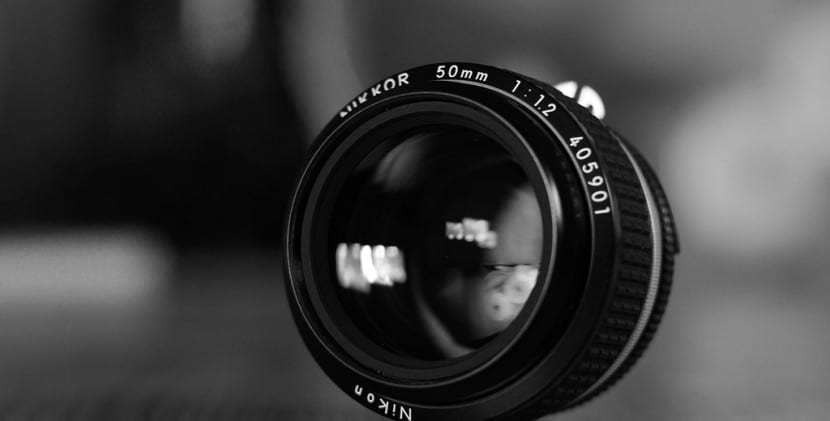
Are you entering the world of photography? If so, one of the basic things you need to know is the kind of objectives that exist and what function each one of them has. On many occasions it will be convenient to use one or the other to obtain the best result and get the most out of your camera.
Two of the key elements that we have to take into account to understand the difference between the different types of lenses is the field of view and the depth of field. The first concept refers to the amplitude (or angle) of capture and the second talks about the ability to represent the distance between the different elements that make up our composition. Both elements are reduced as we increase the focal length.
We can make a very clear distinction based on the focal distance (which is basically the distance that exists between the camera's diaphragm and the focus of our lens itself) and the angle of view (the width of vision it provides). Below you can see it in a much more graphic way:
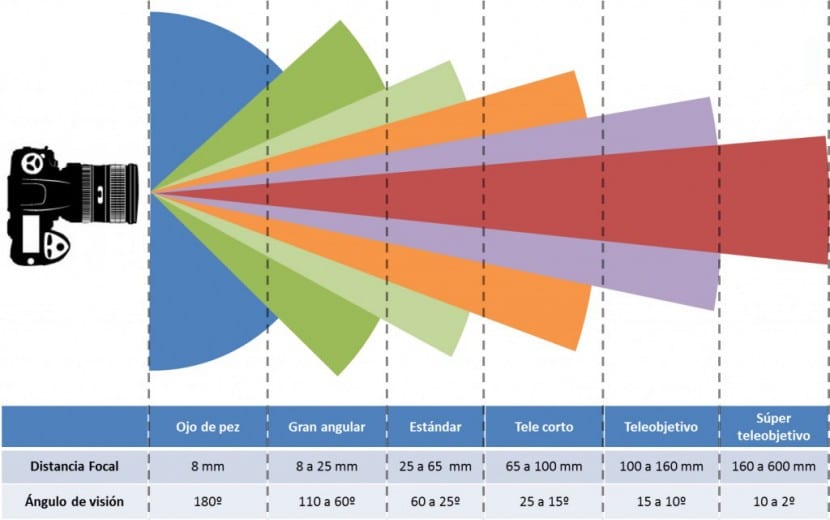
Fish eye
It is the type of lens that gives us a greater angle of vision reaching 180 degrees or more. The focal length of a fisheye is usually between six and sixteen millimeters. When its focal length is six we will find an amplitude of up to 220 degrees. They are usually used as an artistic resource and a way to provide dynamism and volume in our image. With it we can cover wide spaces and give great expressiveness to our portraits as they produce considerable distortions in the lines that make up the images.
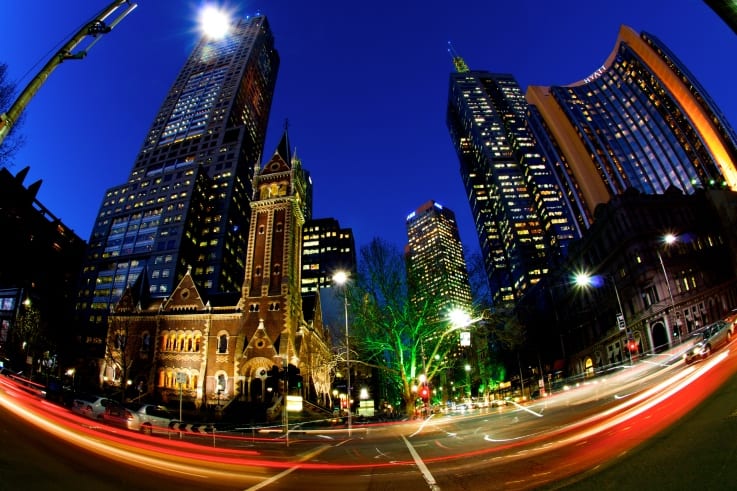
Wide angle
It is a focal lens that is between 18 and 35 millimeters and that achieves viewing angles that are between 180 and 60 degrees. They cause a distortion in the margins but logically much less accentuated than that which appears with the fisheye. Even so, this deformation will be more or less accentuated depending on the quality of the objective in question. Its strong point is that it offers us greater realism to our images precisely because it has a wide depth of field and a greater ability to capture light. When using it, you should bear in mind that distance is a fundamental factor, since the object or character that we are capturing will be more distorted the closer we get to it. For this reason, it is usually used more often in landscape photography or in wide open spaces, including interior spaces.
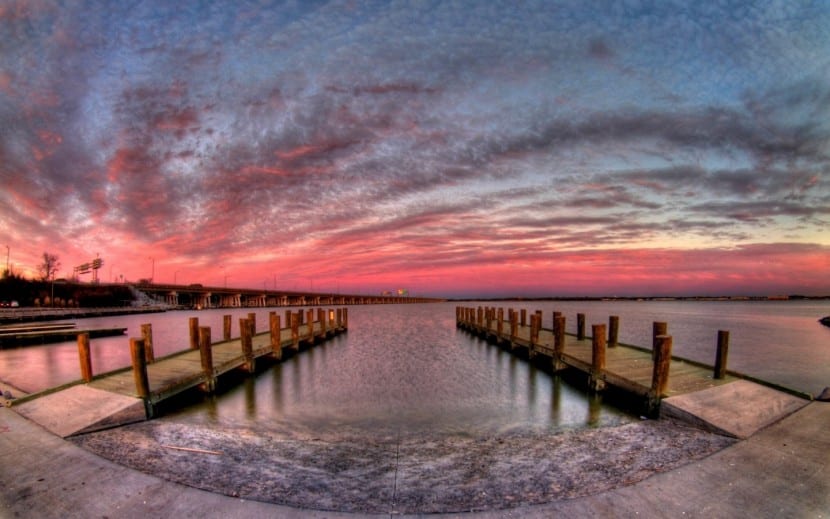
Standard lens
This mode provides a viewing angle of around 45 degrees and is therefore very similar to the human eye. This option will not produce any type of deformation in the lines and areas that make up our image. It is usually 50 millimeters and they are also the brightest, since they achieve the maximum opening.
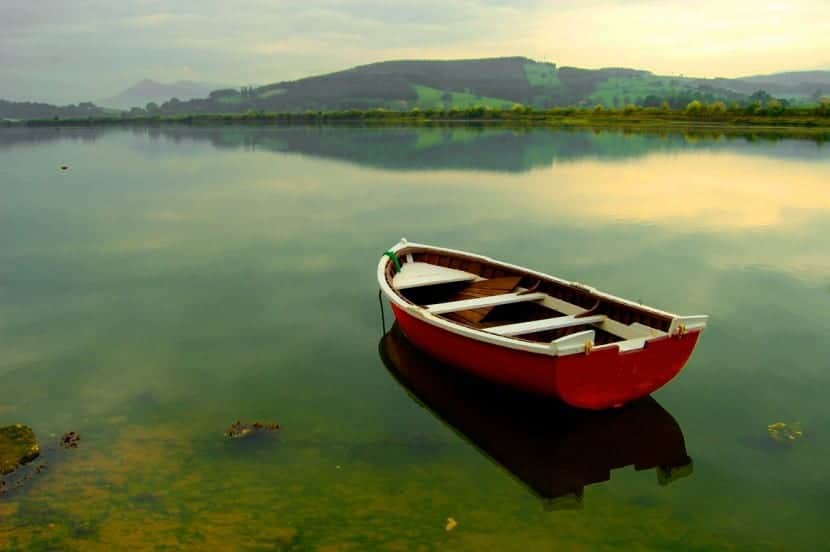
Macro
They usually have a focal length between 150 and 200 millimeters. They are widely used for natural photography, especially in its macro mode because it allows us to portray plants or insects without invading their natural habitat or their own space. Its long focal length will allow us to take photographs with a 1: 1 ratio (real scale) and at a considerable distance in such a way that the objects in our capture will not know that we are there. Its price is very high so it is quite rare to see a beginner photographer with one of these in their hands. They allow focusing up to a centimeter away from the lens (this is really close and small items).

Short telephoto
This type of lens has a focal length between 70 and 135mm. The visual field it provides us is inferior to that offered by human sight. It is characterized by approaching the object in question and with it the depth of field begins to be reduced. This modality is more used to work on formal portraits, although it is also very useful for natural photography or still lifes.
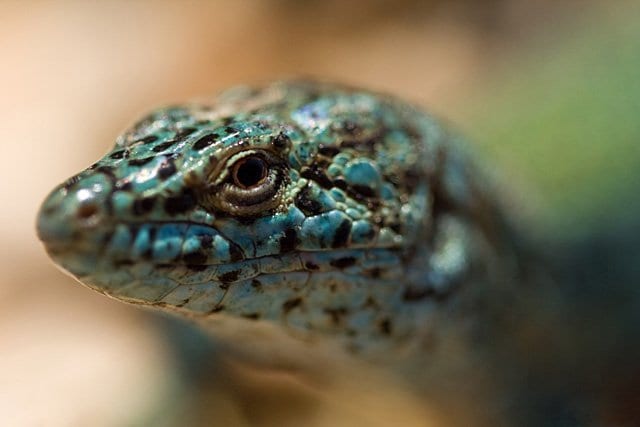
Telephoto and Super telephoto lenses
They are designed to capture distant images, that is, to cover landscape photography or sports photography for example. Its strong point is therefore the ability to zoom in on the image. This makes your viewing angle narrower, hovering around thirty degrees maximum. In addition, its focal length is usually at least seventy millimeters. Its operation is based on the compression of the planes so that realism can be affected especially in terms of distance. It is quite common that when images are captured at great distances the distance between the elements is shortened artificially and giving a flattened result. Curiously, they are also ideal for working in portrait photography due to their ability to focus and perform selective focus where the center or point of attention is completely clear and the rest of the elements are very out of focus, thus offering an attractive bokeh effect. This is logically interesting because it allows you to modulate and work perfectly with the focus of attention and therefore work the communicative exercise effectively in a realistic way (remember that the human eye works exactly like this). When working on portraits the focal lengths are between seventy millimeters and one hundred thirty-five. When we use longer focal lengths we will need to move further away from the object or character that we want to photograph to focus on it. Due to its characteristics, it is an essential element when working on natural or wild animal photography or events that by their nature force the photographer to keep certain distances such as a natural or sporting event.
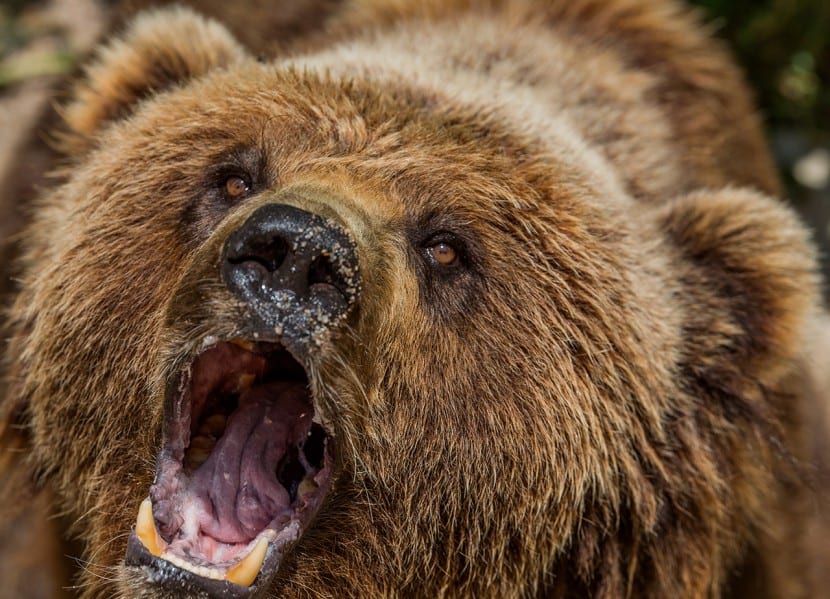
Elena Azofeifa